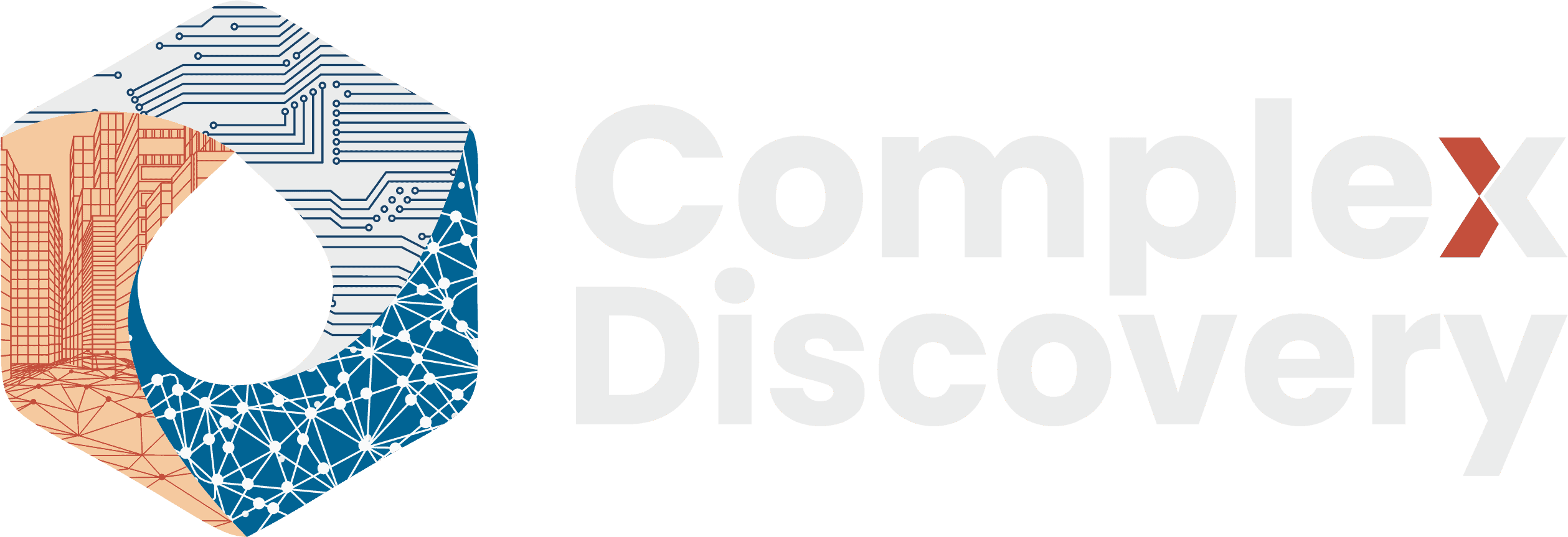Editor’s Note: This article explores how Generative AI is redefining the boundaries of authorship, responsibility, and liability in legal practice. Drawing from the European Commission’s Generative AI Outlook Report – Exploring the Intersection of Technology, Society and Policy (JRC142598), it examines the legal and ethical questions emerging as AI tools increasingly generate content that influences decisions in litigation, compliance, and client representation.
From the courtroom to the back-office platform, GenAI introduces profound uncertainty around who—or what—is accountable when automated systems produce faulty or misleading legal outputs. For legal professionals navigating this new terrain, the article provides essential context on emerging risks and regulatory expectations. Whether you’re a managing partner considering AI integration, or a technologist building tools for legal service delivery, this piece offers a timely lens on the shifting foundations of legal responsibility in the age of machine-generated language.
Content Assessment: Legal Tech in the Loop – Generative AI and the New Frontiers of Responsibility
Information - 92%
Insight - 90%
Relevance - 90%
Objectivity - 91%
Authority - 88%
90%
Excellent
A short percentage-based assessment of the qualitative benefit expressed as a percentage of positive reception of the recent article from ComplexDiscovery OÜ titled, "Legal Tech in the Loop – Generative AI and the New Frontiers of Responsibility."
Industry News – Artificial Intelligence Beat
Legal Tech in the Loop: Generative AI and the New Frontiers of Responsibility
ComplexDiscovery Staff
The legal profession has long thrived on precision, precedent, and process. But in the age of generative artificial intelligence, those foundations are facing stress tests they were never designed to withstand. As AI systems begin drafting contracts, summarizing case law, and even preparing court submissions, they are also reshaping professional liability, redefining responsibility, and raising urgent questions about the role of human judgment in an increasingly automated legal landscape.
The European Commission’s Generative AI Outlook Report captures this tension in sober terms. It does not merely forecast technological change—it diagnoses a legal culture caught between the promise of efficiency and the peril of delegation. At the heart of this transformation lies a growing uncertainty about attribution: when legal outputs are produced by a machine, who answers for their accuracy, fairness, and consequences?
Generative AI, by design, mimics human articulation. It can compose coherent arguments, cite precedents, and synthesize facts. But it does so without understanding, intent, or accountability. The illusion of competence it projects is often stronger than its actual grasp of legal nuance. This dissonance has already produced real-world repercussions. Lawyers have filed briefs containing fictitious citations created by AI tools. Clients have received automated legal opinions that overlook jurisdictional nuance. In each case, the line between assistive technology and professional misrepresentation blurs.
Legal systems generally are not built to accommodate such ambiguity. Historically, almost every legal product—whether a memo, motion, or contract—could be traced to a responsible author, someone trained, licensed, and bound by professional ethics. Generative AI disrupts that chain. Its outputs are the product of probabilistic inference, shaped by vast, often untraceable training data. No single developer or user can claim full authorship, and yet someone must ultimately bear the risk when things go wrong.
This challenge becomes even more complex when considering how these systems are deployed. Developers build foundational models, often using publicly scraped data. Vendors then fine-tune and wrap these models into legal tech platforms. Law firms or corporate legal departments may purchase and customize these tools for internal use. At each stage, modifications are made, yet few of the actors along this chain can fully inspect or audit the underlying model. When an AI-generated clause leads to litigation, is the fault with the toolmaker, the user, or the infrastructure that enabled it?
The report points to an emerging accountability vacuum. Existing regulations, such as the General Data Protection Regulation (GDPR), provide some mechanisms for assigning responsibility. But these are often framed in terms of data control and consent, not the generation of potentially harmful or misleading legal content. The newly adopted EU Artificial Intelligence Act adds further guardrails, but its emphasis on risk classification and transparency does not fully resolve the intricacies of legal AI deployment, especially when outputs are used in high-stakes decisions without adequate human oversight.
Another concern highlighted is the integrity of the data used to train these models. If a GenAI system has been trained on copyrighted, confidential, or otherwise illicitly obtained legal materials, does its output constitute an ethical or legal breach? The report invokes the metaphor of the “fruit of the poisonous tree”—a principle that renders evidence inadmissible if it originates from an unlawful source. In AI, this principle becomes harder to apply but no less relevant. If a contract clause was generated based on training data that included proprietary agreements, is its reuse a form of derivative infringement?
As courts begin to grapple with these questions, a parallel debate is unfolding in the design of legal technology itself. Developers and legal service providers are experimenting with mitigation strategies: watermarking AI-generated text, requiring explicit disclosure of AI involvement, and embedding human-in-the-loop protocols that mandate review by a qualified professional. These approaches offer some reassurance, but they are not yet standardized, and their effectiveness varies widely.
More ambitious solutions call for AI explainability—tools that reveal not only what a model predicted but why. In legal contexts, this is particularly vital. A judge or opposing counsel needs to understand the rationale behind a position. If that rationale originates from an AI system, it must be reproducible and subject to challenge. Black-box models, no matter how accurate, cannot serve as authoritative sources in legal argumentation unless their internal logic is made transparent.
This brings us to the deeper cultural shift underway. As AI systems become more capable, they also become more autonomous. Some models can propose legal strategies, assess document relevance in discovery, or triage compliance risks without human initiation. The boundary between tool and agent is eroding. Legal professionals must decide whether these systems will remain aids to their judgment or begin to shape that judgment in return.
The answer will likely depend on how institutions adapt. Law firms, corporate counsel, and regulators must build frameworks that preserve accountability even in distributed systems. This includes training professionals to recognize AI limitations, updating liability models to reflect shared responsibility, and creating audit mechanisms for both outputs and development processes.
The legal profession is, by its nature, conservative. But GenAI demands a more agile posture. Its potential is immense, but so is its risk. If deployed without caution, these tools may undermine the very principles they aim to uphold. But with foresight, collaboration, and governance, the profession can ensure that the future of legal practice is not only more efficient, but also more accountable.
News Sources
- Abendroth Dias, K., Arias Cabarcos, P., Bacco, F.M., Bassani, E., Bertoletti, A. et al., Generative AI Outlook Report – Exploring the Intersection of Technology, Society and Policy, Navajas Cawood, E., Vespe, M., Kotsev, A. and van Bavel, R. (editors), Publications Office of the European Union, Luxembourg, 2025, https://publications.jrc.ec.europa.eu/repository/handle/JRC142598.
- Data at Risk: The Governance Challenge of Generative AI (ComplexDiscovery)
- JRC Publications Repository
Assisted by GAI and LLM Technologies
Additional Reading
- The LockBit Breach: Unmasking the Underworld of Ransomware Operations
- The TeleMessage Breach: A Cautionary Tale of Compliance Versus Security
- Inside CyberCX’s 2025 DFIR Report: MFA Failures and Espionage Risks Revealed
Source: ComplexDiscovery OÜ









































